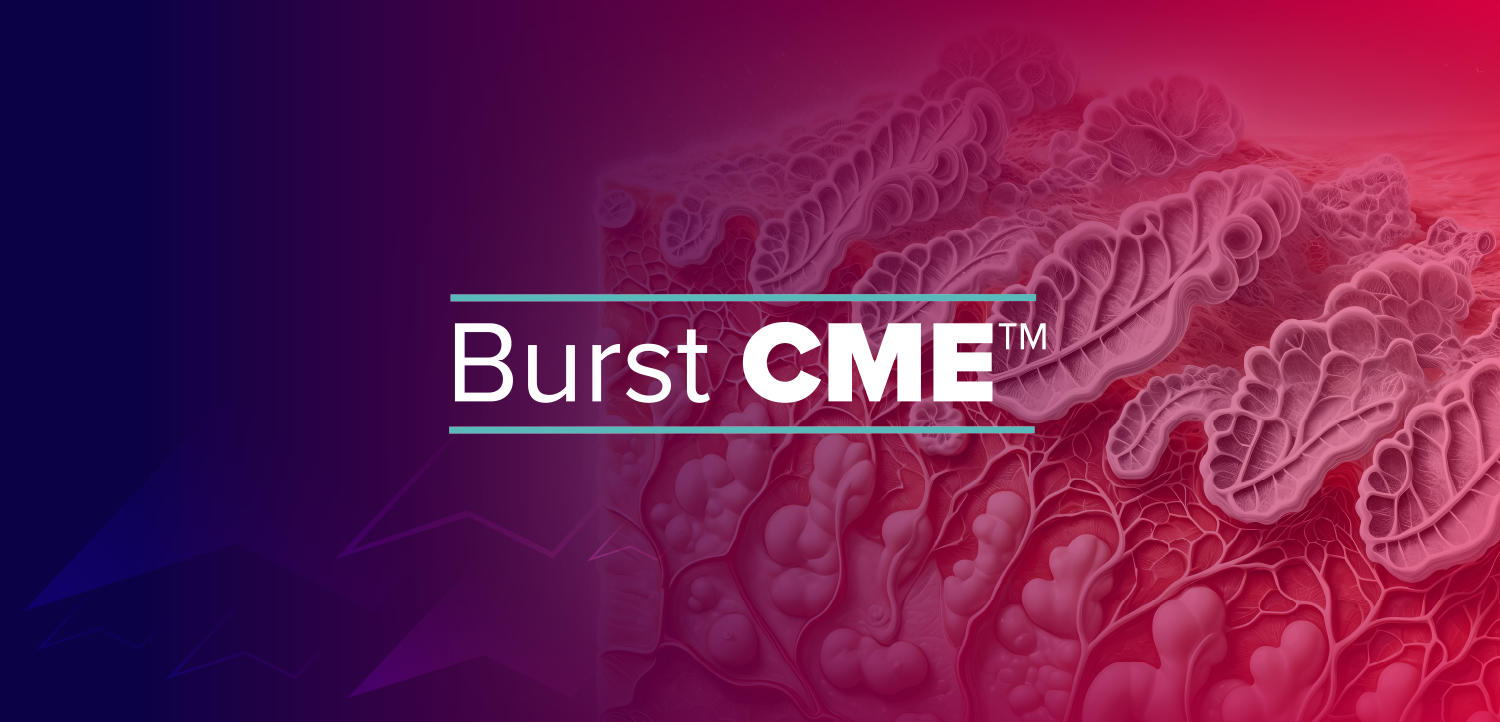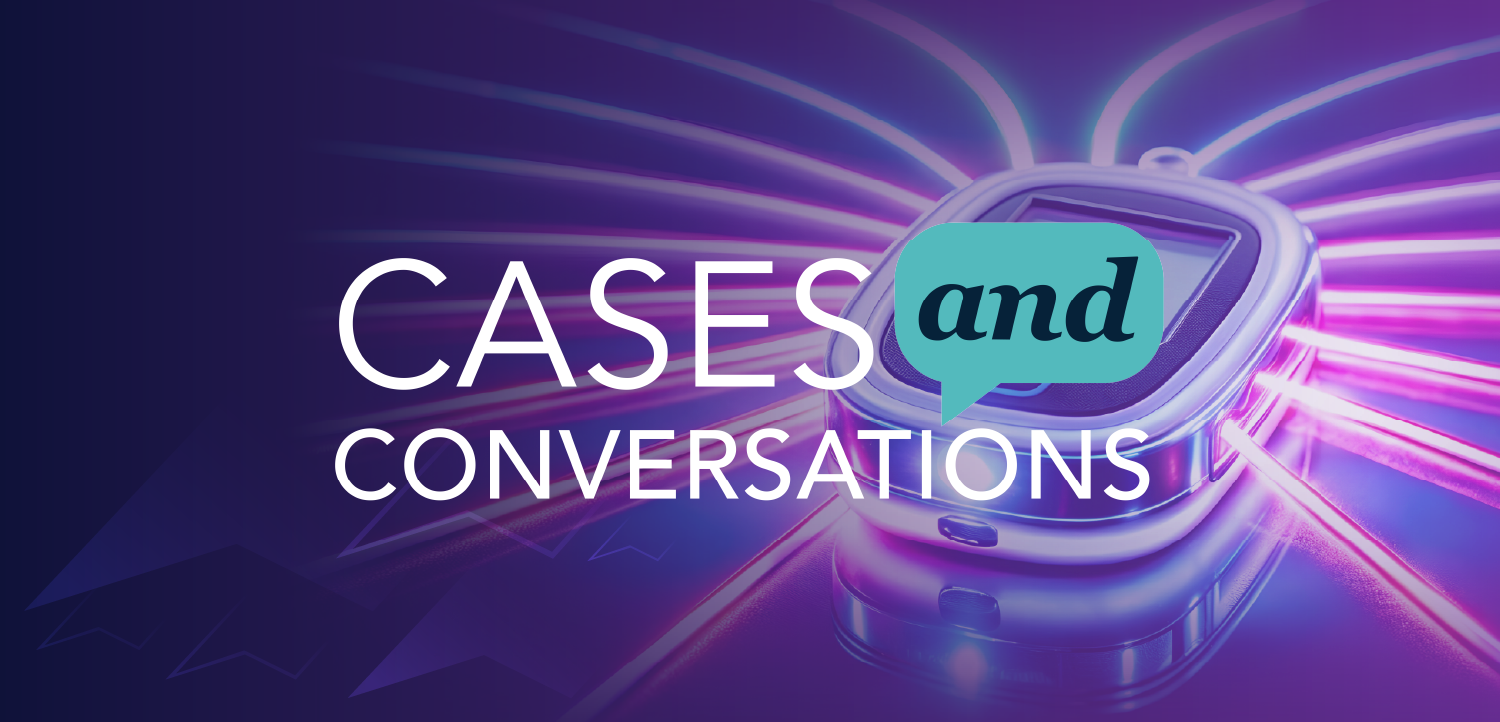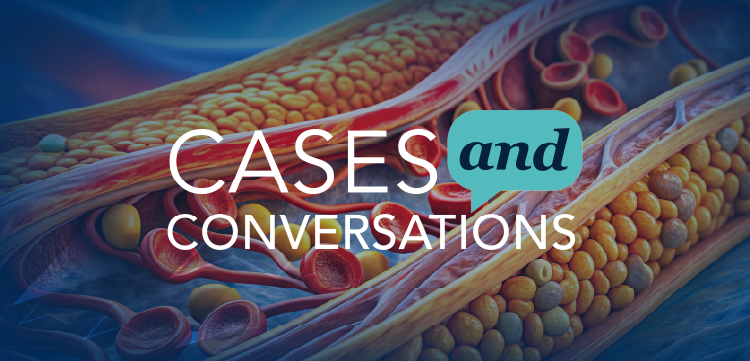4G Networks Mean More Speed for Physicians, Patients
New 4G networks mean faster transmission speeds for consumers and healthcare professionals to access information wherever, whenever they want it.
Any idea what 4G means to you and me? This week, Verizon announced their version of a 4G network. 4G is a voice and data network that can be used by phones, computers, and other mobile devices to connect to the Internet, chat, and stream videos. For the consumer, this means transmission speeds that rival “broadband” speeds we have in our offices and homes.
This is yet another reason more and more patients will be turning to the Internet for their health concerns.
The difference between 4G and broadband (cable, fiber optic, satellite, DSL) is that 4G has wireless connectivity. 3G, although slower, has been around for several years and has defined the niche of the “smart” phones. Smart phones, like iPhone and Blackberry, for instance, can connect to the Internet, send/receive data, and stream video. 3G enabled mobile connectivity. Though somewhat clunkier and slower than broadband, 3G defined the “smart” phone.
Connectivity to the Internet will be enhanced, too. Uploading Web sites as we surf the Internet will occur at blinding “broadband” speeds. While we don’t expect great video quality now, we do get frustrated with slow refresh rates on our handheld devices and computers. 3G can be a turn-off due to its slower speed.
My son Grant and I just purchased a mobile 4G hotspot from Sprint/Clear a couple of weeks ago as his Ethernet broadband is pretty finicky at school.
Simply put, a small device about the size of a hockey puck can now provide a WiFi hotspot for up to five devices within range. The device captures the 4G signal and then connects to his laptop or smart phone. Wireless connectivity at broadband speeds will be available anywhere. These hotspots are portable and the signal is transmitted wirelessly.
Wit in the enhanced 4G speeds, our utilization and dependence on these mobile devices will only increase as they become more reliable and versatile... and therefore more useful.
For physicians, most of this technology remains above our heads. There can be some advances in telemedicine due to the mobility, but keep in mind, physicians as a group don’t function in “real time.”
4G means portable and mobile connectivity at broadband speeds. 4G means more utilization for our patients.
Newsletter
Optimize your practice with the Physicians Practice newsletter, offering management pearls, leadership tips, and business strategies tailored for practice administrators and physicians of any specialty.




